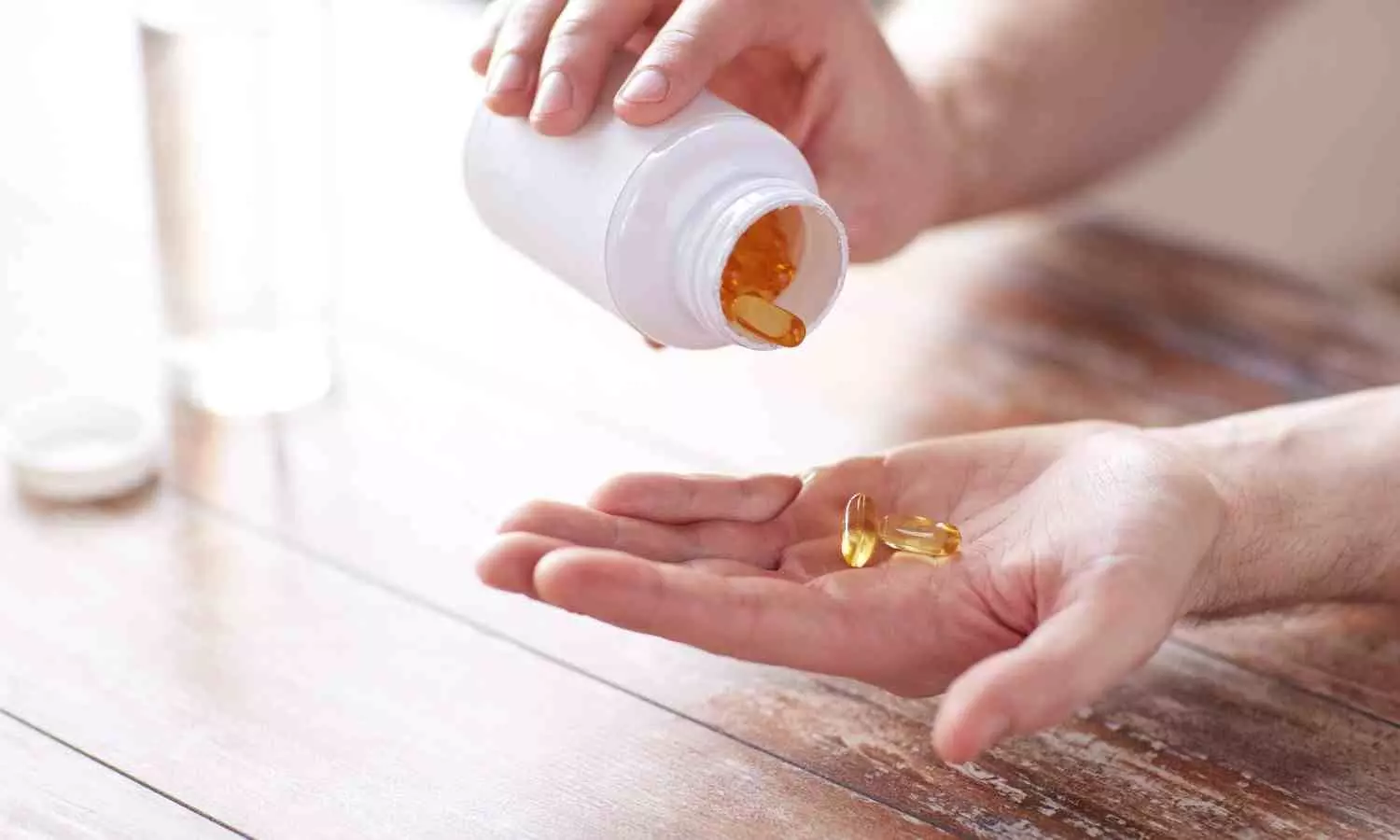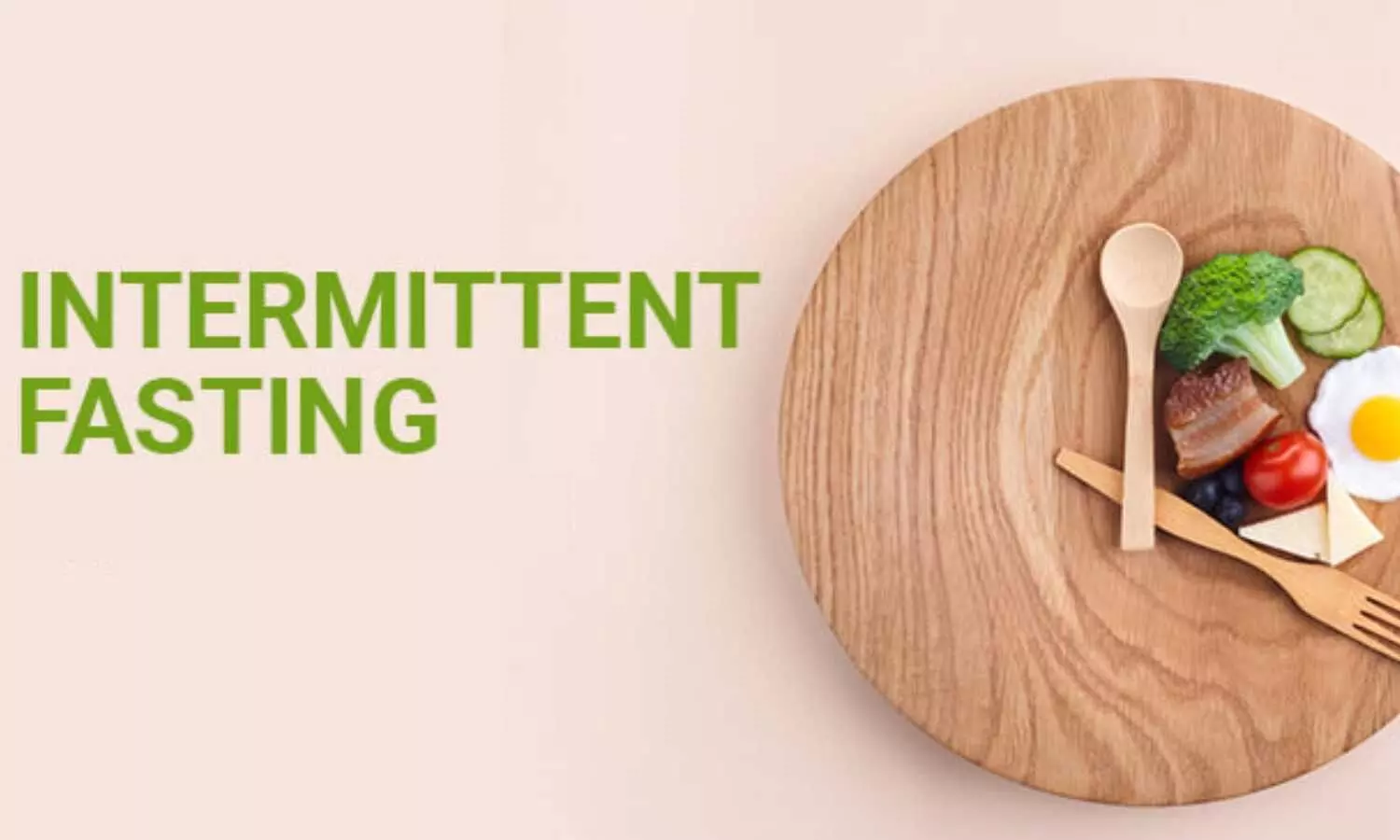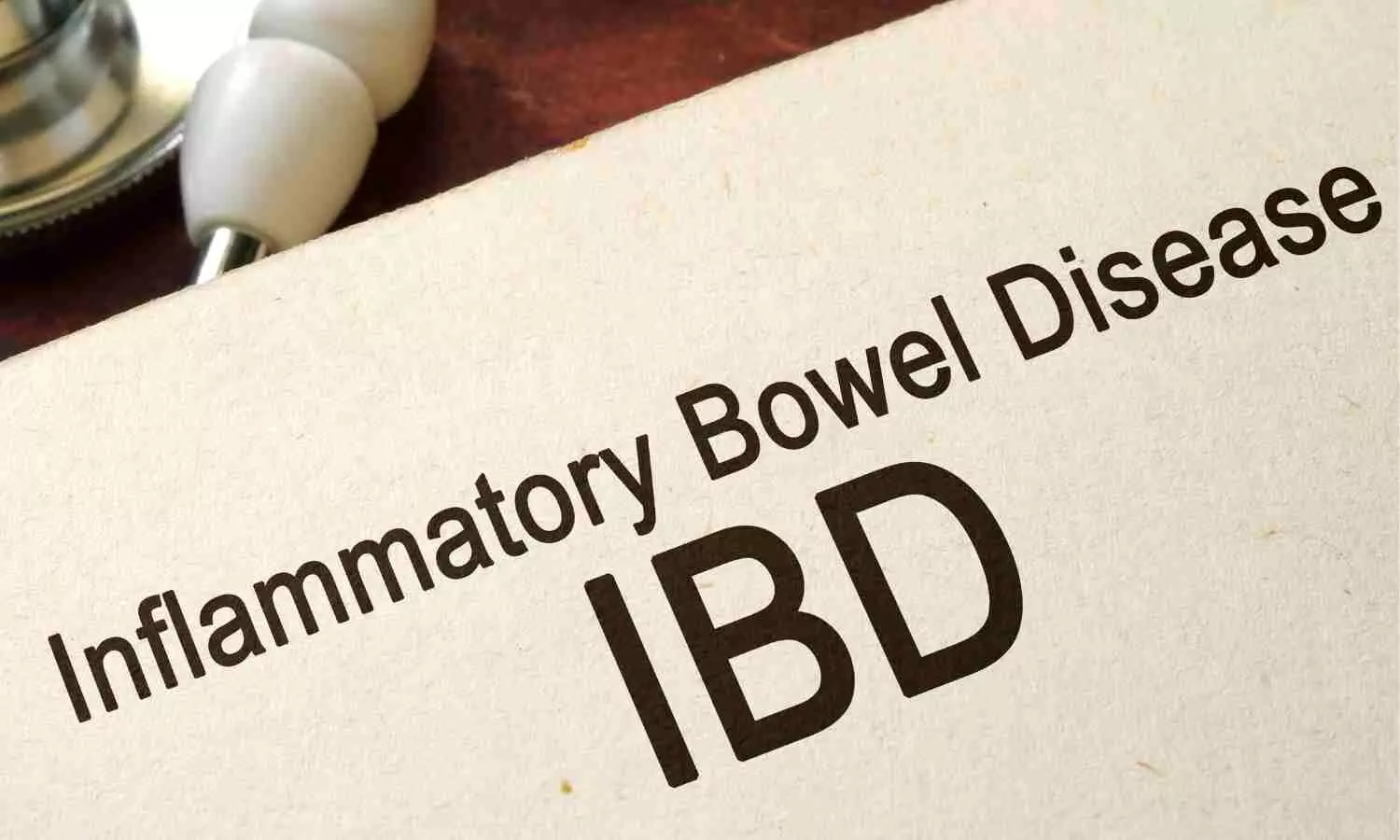Madhya Pradesh- Through recent notices, the Directorate of Medical Education of Madhya Pradesh has
released Necessary instructions and Frequently Asked Questions for the candidates for State
Level Joint Counselling NEET UG 2024 admissions to MBBS and BDS courses.
All the interested candidates are advised to take note of thee following details:
Advisory
for candidates
1. All
state quota seats (MBBS/BDS) available in government and private/medical and
dental colleges of the state, including NRI quota seats available in private
medical/dental colleges. Madhya Pradesh State Level Joint Counselling NEET UG
2024-25 will be conducted on MP online portal
2. All
eligible candidates of NEET UG 2024 who want to participate in the above counselling
are advised not to share their login ID and password, mobile number, e-mail ID,
bank account information and other related information with any other person.
Do not share, so that it is not misused.
3. Before
registration, carefully read the registration user manual and Madhya Pradesh
Medical Education Admission Rules 2018 and amendment rules dated 19 June 2019,
05 October 2021, amendment July 2022, amendment dated 10 May 2023 and amendment
02 July 2024 displayed on the website and portal of the Directorate.
Understand. In case of any doubt, please send your problem to the Directorate
of Medical Education Counselling on the e-mail mpugpgcounselling@gmail.com and
get it resolved. The candidate will be able to edit the entries in the
registration and profile till the prescribed time limit shown for registration
in the time table. After the closure of the registration window, there will be
no amendment in the registration for the first phase of counselling.
4. While
filling the bank details in the candidate profile at the time of registration,
ensure that the bank account is as follows:-
1- The bank account should be a savings
or current account.
2- The bank account should not belong to
a minor.
3- Bank account should be active as per
KYC (KYC compliant).
4- If it is a savings bank account, then
the savings bank account should be a normal savings bank where there is no
limit on maximum balance/credit in the account.
5. Pradhan Mantri Jan Dhan Yojana (PMJDY)
account and zero balance account are not valid.
5. The
candidate will be considered registered only when the candidate has deposited
the online fee of Rs 1100/- for registration and the candidate must have the
registration slip generated from the MP online portal. Registration fee is
non-refundable.
6. The
time of registration will not be extended due to any reason like network
failure, computer failure, technical error, power failure etc. Therefore,
candidates are advised to complete the registration process as soon as possible
within the time period and not wait till the last date of registration.
7. Except
the candidates admitted in the first phase and those candidates who have
resigned from the seat after taking admission in the first phase, other
candidates who, for any reason, wish to make amendments in the registration
done before the first phase counselling, should Before the second phase of
counselling, one last opportunity will be provided to make necessary amendments
in the registration within the stipulated time limit. After the expiry of the
prescribed time limit, no further opportunity will be given to the candidates.
8. The
process of all the stages of counselling is to be done online, hence the
candidate has to pay the advance amount at the time of registration, before
filling the new choice in the second stage and mop up stage counselling and the
prescribed fee of the institution at the time of admission. to be through.
Candidates can pay the prescribed fees from any account through net banking,
credit card, debit card and online RTGS/NEFT. A candidate can use more than one
net banking account, debit card or credit card for payment of fees. Keeping the
above in mind, candidates are advised to keep sufficient amount in their
accounts as per the prescribed fees of the institution to avoid problems
related to fee payment. Candidates should ensure that internet banking facility
is available in the bank account and increase the limit of transaction amount
done from the account. After the mop up phase For vacancies remaining vacant
due to any reason, the prescribed fee of the institution can be paid by the
candidate through any means at the time of admission in the stray vacancy
phase.
9. For
photo ID in the registration form, the candidate should submit his/her Voter ID
card/PAN card/Diving License Card/Passport or in case the above is not
available, 12th class admit card with photo or mark sheet/bank passbook/with
photo issued by the school. ID/Any photo ID issued by Government can be
uploaded.
10 After
registration, candidates will have to register their choices (choice filling)
within the specified time limit for admission as per the counselling schedule
shown earlier. At the time of choice locking, the candidate will have to pay
portal charge of Rs. 100/-, only after that the candidate will be able to get
the online receipt of his/her choice filling locking.
11. In the
first phase of counselling, only local resident candidates of Madhya Pradesh
will be able to do choice filling and choice locking for allotment.
12.
Candidates are advised to write down the details of their choice colleges in
advance before entering their choices so that they do not face any dilemma
while filling their choices on the portal. Candidates are expected to choose
the colleges for allotment after thinking carefully and keeping in mind the
fees displayed in different colleges and narrow down the selection to colleges.
13.
Candidates should ensure to lock their choices after filling any phase of
choice. In case the choice is not locked, the filled choice will not be valid
and the candidate will not be eligible for allotment in that phase.
14. Only
the children of persons working/retired/deceased/disabled in war in the three
wings of the Army, Army, Navy and Air Force are eligible for reservation.
15.
Students of Madhya Pradesh state will be eligible for 5 percent reservation
under the government school student category, who have passed regular studies
and examination from class 6th to 12th from a government school run by the
Madhya Pradesh government or from class 1 through the Right to Education Act.
After studying in private schools till 8th, must have completed regular studies
and examination from class 9th to 12th in a government school.
16. At the
time of registration, the candidate can select only one option as per his
eligibility from among the category disabled, soldier, freedom fighter and
government school student.
17. After
the release of allotment result, the candidate will be able to download the
allotment letter from his login ID and take its print out.
18. At the
time of admission, the allotted candidate should present himself in the
allotted institution for verification of records along with the original
documents mentioned in Form-1. The allotted candidate should first appear in
person at the allotted institution for admission within the declared time limit
(counselling time table) and register his attendance online by reporting at the
desk of the Government Nodal Officer. After that, get your original documents
verified by the appointed admission committee of the allotted institution. The
list of original documents is as per Schedule-3 attached with Madhya Pradesh
Medical Education Admission Rules 2018 and Format-1 of scrutiny of records is
available on the website of the Directorate and MP online portal. The candidate
will have to submit all his original documents to the admission committee. Make
sure to obtain the signed certificate of submission of original documents from
the head of the institution. After fee payment, the candidate will receive
online admission slip.
19. The
admitted candidate who wants to give the option of better option (upgradation)
for the second phase counselling will be able to log the option from the
upgradation option link available in his candidate login. If a candidate
admitted in the first phase wants the option of upgradation in the mop up
phase, then it will be mandatory for him to do choice filling in the second
phase while giving the option of upgrade after the first phase.
20. Those
candidates who have given the option of upgradation for second phase and/or mop
up phase will not have to submit Rural Service Bond and Seat Living Bond in
that phase. But to this effect he received Rs. Notarized affidavit of Rs.
500/-, in the name of the head of the admitted institution, that in case of
non-upgradation in the second phase/mopup phase, Gramin Seva bond and seat
living bond, separately duly stamped notarized affidavit, will be given in the
first phase. Must be submitted to the admitted institution.
21.
Certificate of disability issued from the designated NEET Disability
Certification Center for benchmark disability as per the criteria issued by
MCI/NMC for disability.
22.
Detailed information regarding various scholarship schemes of the government is
available on the website of the Directorate and M.P. Available on online
portal.
FREQUENTLY ASKED QUESTIONS for Madhya
Pradesh State Level Joint U.G. Counselling NEET UG 2024
Question
1- What will be the eligibility for admission to NRI quota seats in private
medical/dental colleges of the state?
Answer- It
is mandatory for the candidate to have secured the minimum percentile
prescribed by MCI for unreserved category in the selection examination of NEET
UG 2024, which is 50th percentile or more. Apart from this, the candidate
should be eligible as per Rule 2 (b) of Madhya Pradesh Medical Education
Admission Rules 2018 published in Madhya Pradesh Gazette dated 09 March 2018.
Question
2- Is NRI candidate eligible for open category seats in addition to NRI quota
seats?
Answer-
NRI candidates are also eligible for allotment on unreserved seats of open
category as per their eligibility/merit.
Question
3- Is reservation applicable on NRI quota seats?
Answer –
All the vacancies of NRI quota attached Schedule-2 section of Madhya Pradesh
Medical Education Admission Rules 2018 published in Madhya Pradesh Gazette
dated 09 March 2018 will be unreserved. – S, according to in Madhya Pradesh
Gazette dated 09 March 2018.
Question
4- Will NRI candidates have to register separately for NRI quota seats?
Answer-
NRI candidates will have to do only one registration for NRI quota seats.
Question 5-
If I do not take admission on the seat allotted to me in the first round of
counselling, will I be eligible for the subsequent rounds of counselling or
not?
Answer – If
you do not take admission on the allotted seat in the first phase of
counselling, you will remain eligible for the subsequent rounds of counselling.
Question
6- Are sons/daughters of persons working in Paramedical Force (BSF, CRPF, etc.)
also eligible for 3 percent horizontal reservation in military category?
not answer-
Only the children of persons working/retired/deceased/disabled in war in the
three wings of the Army, Army, Navy and Air Force are eligible for reservation.
Question 7- What is the eligibility for 5 percent horizontal
reservation for government school student category?
Answer- Students of Madhya Pradesh state will be eligible
for 5 percent reservation under the government school student category, who
have passed regular studies and examination from class 6th to 12th from a
government school run by Madhya Pradesh government or from class 1st to 8th
through the Right to Education Act. After studying in private schools, must
have completed regular studies and examinations from class 9th to 12th in a
government school.
Question 8- Can a candidate avail the benefits of more than
one category if he is eligible for more than one category at the time of
registration?
Answer- No. At the time of registration, the candidate will
be eligible under the category of disabled, soldier, freedom fighter and
government school student.
Can select only one option accordingly.
Question 9- I have not been allotted any seat in the first
phase of counselling. Will I be eligible for the second phase of counselling?
Answer- If no seat is allotted in the first phase
counselling, you will be eligible for the second phase counselling.
Question 10- Is the option of upgradation in state level
counselling available only after admission in the first phase?
Answer- Candidates admitted in state level counselling have
the facility of being given the option of upgradation after admission in the
first and or second phase of counselling.
Question 11- How can I opt for an upgrade?
Answer- Candidates can opt for upgradation from the
upgradation option available in their candidate profile.
Question 12- I have taken admission on the seat allotted in
the first phase of counselling, and at the time of admission, I have given the
option of upgradation for the second phase, then in case of no upgradation,
will my previous seat remain the same or not?
Answer- If you have taken admission on the seat allotted in
the first phase of counselling, and have given the option of upgradation and
you are not upgraded in the second phase, then in such a case your admitted
seat in the first phase will remain the same.
Question 13- I have taken admission on the seat allotted in
the second phase of counselling, and at the time of admission, I have given the
option of upgradation for mop up phase, then in case of no upgradation, will my
previous seat remain the same or not?
Answer – If you have taken admission on the allotted seat in
the second phase of counselling, or you have taken admission in the first phase
of counselling and have given the option of upgradation and you are not
upgraded in the mop up phase, then in such a case your first phase/second phase
counselling will be cancelled. Charan’s entered seat will remain the same.
Question 14- I have taken admission on the seat allotted by
me in first stage or second stage counselling, and at the time of admission I
have given the option of upgradation for second stage or mop up stage, then in
case of upgradation, will I be given the upgraded seat/college/category? Will
it be mandatory to take admission?
Answer- In case of upgradation in second stage or mop up
stage in the sequence of being given the option of upgradation, it is mandatory
for you to take admission in the upgraded seat/college/category. If the subject
or category is upgraded in the previously admitted college, it is mandatory for
the candidate to repeat the admission process in the same college. On
upgradation during the online upgradation process, the previously admitted seat
of the candidate gets automatically cancelled and is allotted to another
eligible candidate as per merit.
Question 15- What will be the procedure for resigning from
the admitted seat?
Answer: Resignation from the admitted seat will be subject
to sub-rule 1 of admission rule-15 and the process of submitting resignation is
online. Online resignation from the admitted seat will be done at the admitted
college level. It will be mandatory for the candidate to physically present
himself at the admitted college for the resignation process.
Question 16- If I take admission on the seat allotted in the
first phase of counselling, and resign from that seat, will I be eligible for
the subsequent rounds of counselling?
Answer- After taking admission in the allotted seat of the
first phase, if you resign from the seat under admission rule 15 sub rule 1,
then you will be eligible for all the subsequent stages of counselling.
Question 17- If I take admission on the seat allotted in the
first phase of counselling and resign from that seat within the shown time
period, then how much educational fee will I get refunded?
Answer – If you resign till two days before the second phase
of counselling, then after deducting 10 percent of your deposited fees (maximum
ten thousand rupees) your fees will be returned after the end of counselling.
If an NRI candidate resigns within the above mentioned time limit, a deduction
of Rs 25,000/- will be made.
Question 18- When will the seat living bond be applicable on
resignation from the admitted seat?
Answer- As per rules, seat leaving bond will not be
applicable if resignation is given till two days before the counselling of mop
up, but if resignation is given after the prescribed time limit, seat leaving
bond will be applicable.
Question 19- What will be the eligibility of the candidate
to participate in the second phase?
Answer- Eligibility will be determined according to sub-rule
2 of Admission Rule 11 (Madhya Pradesh Medical Education Admission Rules
2018-Amendment 2 July 2024).
Question 20- Will it be mandatory to do choice filling and
locking again to participate in second stage/mop stage?
Answer – To participate in the second phase / mop phase, it
will be mandatory for all eligible candidates to do choice filling and choice
locking after depositing the prescribed advance fee.
Question-21 How will the advance fee deposited in the second
phase/mop up phase be adjusted?
Answer – In case the seat is allotted in the second
phase/mop up phase, this amount will be adjusted in the total educational fee
of the allotted institution at the time of admission. If no seat is allotted in
the second phase/mopup phase, then this amount will be returned to the bank
account of the candidate within the stipulated time limit, but the candidates
who are allotted any seat in the second phase/mopup phase and they get
admission on the allotted seat. If the candidate does not take it, then the advance
fee deposited by the candidate will be confiscated.
Question-22: I am a candidate admitted through the first
phase of counselling and I have given the option of upgradation for the second
phase/mop up phase. In such a situation, can I resign from the admitted seat?
Answer- Yes.
Question-23 Will the registration process be done only once?
Answer- The registration process will be done as per the
schedule declared before counselling. After the second phase and before the mop
up phase, the registration process will be opened once again. Candidates
registered before the first phase of counselling are not eligible for
re-registration.
Question 24 What will be the eligibility for mop up phase?
Answer- Eligibility for mop up phase will be as follows-
1. Such candidates to whom allotment order has not been
issued in the first and second round of counselling.
2. Such candidates who have taken admission in the first or
second phase of counselling after allotment and have selected the better option
(upgradation).
3. Newly registered candidates.
Question 25- What does an eligible candidate have to do at
the mop up stage?
Answer- Such candidates will have to deposit Rs 2.00 lakh as
advance fee before choice filling and locking for mop up stage and NRI
candidates will have to deposit Rs 10 lakh as advance fee, only then they will
be able to do choice filling and choice locking.
Question 26- How will the advance fee of Rs 2.00 lakh / Rs
10 lakh (NRI candidates) be adjusted for mop up stage?
Answer: In case the seat is allotted, this amount will be
adjusted in the total educational fee of the allotted institution at the time
of admission. If no seat is allotted in the mop up round, then this amount will
be returned to the bank account of the candidate within the stipulated time
limit, but if the candidate who is allotted a seat in the mop up round does not
take admission on the allotted seat, then In this case, the advance fee
deposited by the candidate will be Rs. 2.00 Lakh / Rs. 10 Lakh.
Question 27- I was allotted a first choice seat from NRI
quota in the first phase, I have taken admission on it, now I want to take
admission in another college in the second phase, is this possible?
Answer- For this, after admission in the first phase, the
option of upgradation will have to be given on the candidate login and choice
filling and locking will have to be done again in the second phase of
counselling.
Question 28- Are candidates from outside Madhya Pradesh
eligible for NEET UG counselling 2024?
Answer – In case of local/native candidates of Madhya
Pradesh are not available in the merit in the second phase and subsequent
phases, seats will be allotted to the candidates from outside the state on the
basis of merit cum choice.
Question 29- I am a candidate of Scheduled Caste/Scheduled
Tribe/Other Backward Class, how will I get the benefit of reservation.
Answer- Those candidates who are eligible for reservation
under Scheduled Caste/Scheduled Tribe/Other Backward Class as defined in Madhya
Pradesh Medical Education Admission Rules 2018 will get the benefit of
reservation under Schedule-2.
Question 30- What do I have to do in case I get allotted a
seat in the counselling stage?
Answer – If you are allotted a seat in any phase of
counselling, then the candidate should go to the allotted college with the
necessary documents for admission mentioned in Schedule-3 along with a copy of
the allotment order. The process of admission is as per point number of Madhya
Pradesh Medical Education Admission Rules 2018. Must be completed within the
time limit of 10. The admission process can be completed only after depositing
the full academic fee through online process.
Question 31- Will I have to be present in the college for
registration/choice filling?
Answer- Registration and choice filling is an online
process. Candidates will be able to do both these processes from any place
through internet on the portal of MP Online. The candidate needs to appear in
the college for the admission process only after receiving the allotment order.
Question 32- What is the minimum and maximum number of
choices required to be filled in choice filling?
Answer – In choice filling, it is mandatory to fill at least
one choice. The candidate can fill maximum all the choices. After choice
filling, candidates should ensure to lock the choice.
Question 33- Can I fill the option of better seat (upgrade)?
Answer: After admission in first phase/second phase, the
candidate can fill the option of better option (upgradation) through his
candidate login.
Question 34- How will the vacant seats be allotted after the
mop up round?
Answer – After the mop up round, the allocation of vacant
seats will be done as per Rule 13 of Madhya Pradesh Medical Education Admission
Rules 2018.
Question 34- How will the vacant seats be allotted after the
mop up round?
Answer – After the mop up round, the allocation of vacant
seats will be done as per Rule 13 of Madhya Pradesh Medical Education Admission
Rules 2018.
Question 35- Which website do I have to use for counselling
process/guidelines?
Answer- The entire process of counselling will be done on portal. Apart from this, guidelines related to counselling
will be published on the website of Directorate of Medical Education. Candidates should be in constant touch with the
portal and website.
To view Advisory
for candidates & Frequently Asked Questions Click the link below
https://medicaldialogues.in/pdf_upload/student-advisory-ug-20247-247109.pdf










